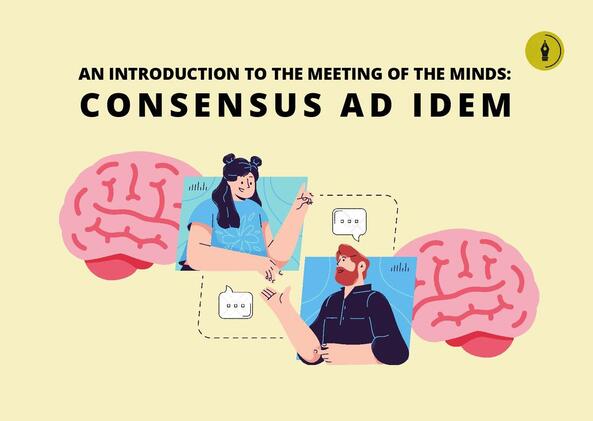|
Written by Bo Chi Chian, a first-year law student of the Faculty of Law, University of Malaya. Edited by Toh Zhee Qi. Contracts are often deemed as sophisticated documents involving complicated commercial transactions. The public holds a preconceived notion that the formation of contracts cannot be easily explained as several legal principles are involved. In fact, a contract is a product of the ‘meeting of the minds’ between the parties and have long been part and parcel of our daily lives.
I. INTRODUCTION Thousand-dollar bills, hundred acres of land, and spectacular buildings with splendid designs — for most people, these items pop into mind when they think of the word ‘contracts’. However, the use of contracts extends far beyond these luxurious dealings. Contracts are everywhere. Here are three examples to illustrate contracts in everyday life. You saunter by a street and an advertisement catches your eye — it pledges to pay one thousand dollars to customers who fall sick after consuming their medical products. Convinced by the guarantee, you purchase the products and follow the prescribed instructions.[1] Next, you grab a parking ticket from the automatic ticket machine before leaving your vehicle at the car park.[2] Lastly, you look into the eyes of your most beloved who gets down on one knee, and without hesitation, you say, ‘Yes, I do.’ All these acts result in ‘you’ entering into a contract with another party. The pertinent questions which arise are: What is a contract? Can ‘contracts’ be explained in a simple, direct, and one-sentence way? The doctrine of consensus ad idem may be the answer to these questions. This article seeks to illustrate ‘meeting of the minds’ in a contract through various examples.
4 Comments
|
|
|
PhoneTel : +603-7967 6511/6512
Fax : +603-7957 3239 |


 RSS Feed
RSS Feed